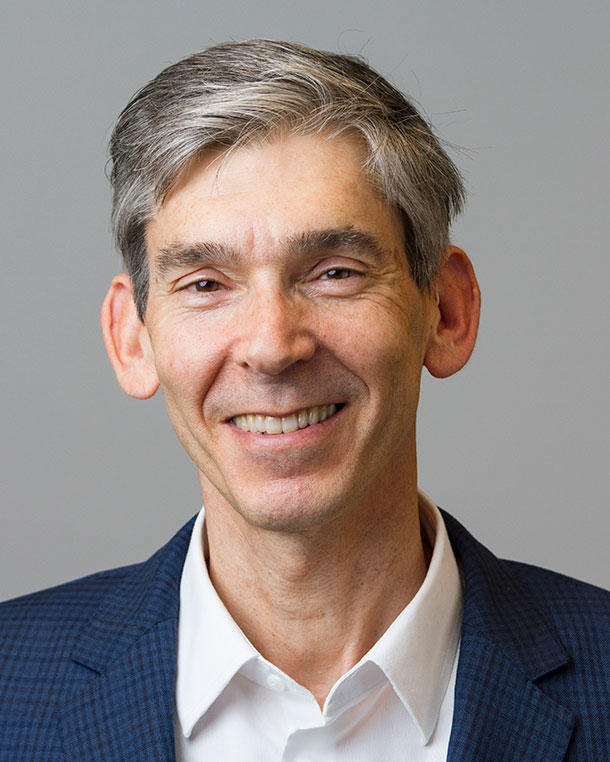Philip Rosenberg Retires from the NCI After 37 Years of Service
, by Jennifer K. Loukissas, M.P.P.
Philip S. Rosenberg, Ph.D., senior investigator in the Biostatistics Branch, retired from the NCI in May 2025 after 37 years of service. Dr. Rosenberg is an internationally recognized expert in statistical approaches to study cancer surveillance and survival. He created numerous methods and tools, including the new age-period-cohort model and web tool, proportional hazards models for comparative APC analysis, and methods to forecast the future burden of cancer.
In partnership with scientists in the Clinical Genetics Branch, Dr. Rosenberg developed approaches to investigate cancer risk in patients with inherited bone marrow failure syndromes. These included methods to evaluate competing risks for various outcomes.
As co-principal investigator on a series of descriptive studies of breast cancer, Dr. Rosenberg identified secular trends in prognosis, underlying causes of racial disparities, and etiological heterogeneity of tumors. His methods were also used to establish etiological heterogeneity for other cancers, including hairy cell leukemia, Burkitt Lymphoma, and non-cardia gastric cancers.
Dr. Rosenberg developed critical statistical approaches to analyze candidate GWAS findings and pathways involving vitamin D metabolism, cell differentiation, apoptosis, and lipid peroxidation, in collaborations across the Division.
His work has been recognized with the Howard W. Temin Award for his contribution to the development of statistical methods to monitor trends in HIV, and NIH Merit Awards for his collaborative work on inherited bone marrow failure syndromes; pioneering methods and software tools to identify candidate genes and pathways; and methods to monitor the AIDS epidemic and contribute to understanding the epidemic trends and history of HIV.
Dr. Rosenberg received a Ph.D. in biostatistics from Yale University, New Haven, CT. He joined the NCI in 1988 as a staff fellow in what was then the Epidemiologic Methods Section. In 1997 he became a senior investigator within the Biostatistics Branch.
